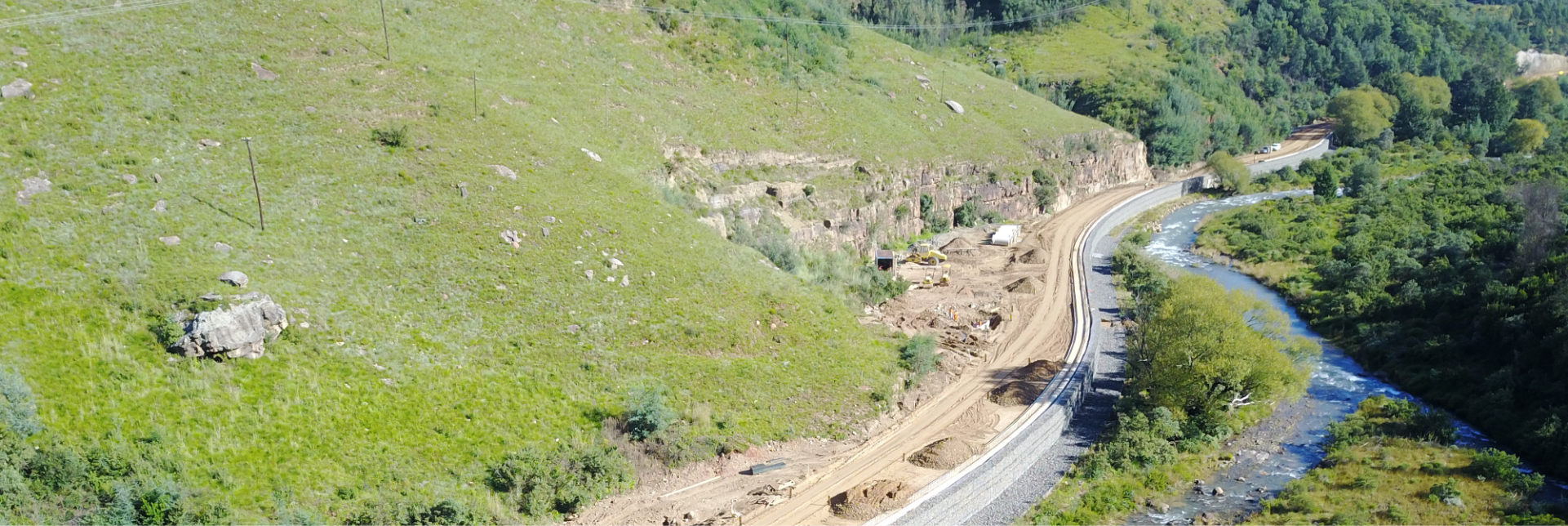In January 2020 the International Geosynthetic Society, Technical Committee on Barriers, held a back to back workshop with the Technical Committee on reinforcement at the Barcelona Technical University, Barcelona, Spain.
The TC-B event was attended by over 80 delegates from many countries across the globe, with a strong contingent from ACigs attending.
The event was divided into four sessions, each session started with 4 to 5 presentations followed by a significant time for questions and discussions. The main themes of the events were:
- Session A: Re-Cap of Munich 2018 Workshop, Geomembrane Puncture Protection, Welding of Geomembranes, Digital Quality Control Systems. Session Chairs: Siamak Paulson (Australia) & Boyd Ramsey (USA).
- Session B: Advancements with Geosynthetic Clay Liners. Session Chairs: Craig Benson (USA) & Gemmina Di Emidio (Belgium)
- Session C: Performance and Durability of Geosynthetic Barriers. Session Chairs: Kerry Rowe (Canada) & Malek Bouazza (Australia)
- Session D: Case Histories of Usual and Innovative Barrier Applications. Session Chairs: Pete Atchison (UK) & Jonathan Shamrock (New Zealand)
A full workshop summary will be published by the TC-B soon and ACigs will supply this to our members. A few key take away points from the presentations and discussions were:
- Protection geotextile testing – Richard Brachman, Queens university. 3% is the HDPE strain limit to use, measured by laser, for limiting possible long term stress cracking if you want >500 years design life. The best method at the moment is comparing to a database of tests for various mass/CBR values of geotextile to known gradings and at the applied pressure you are interested in, there is no reliable theoretic tool to determine what geotextile to use.
- Impact of welding on geomembrane durability – Kerry Rowe, Queens University. Weld speed, pressure and temperature is key to impact on the Heat Affected Zone next to dual track welds. This determines the amount of squeeze out, which impacts HDPE durability in this zone as evidenced by testing outcomes.
- Polymer modified bentonites/GCL’s – There is good evidence for durability of polymers used in enhanced bentonite GCL’s, however, it seems all polymers eventually elute (leave) the matrix. The was significant discussion and debate around the use and application of these products. There was good news from Craig Benson that Municipal Solid Waste leachates plot in the sweet spot for bentonite hydration, but he recommends a 1 day swell index test, if swell is under 16 then should think about running long term permeability tests. Long term tests take time, 10 to 20 pore volumes to stabaliase, at least 6 months to be allowed.
- PFAS and barriers, Boyd Ramsey – From current evidence it is OK to use HDPE as a barrier to PFAS containing waste.
- HDPE durability – Kerry Rowe, Queens University. Using GR GM13 is not enough to get confidence in durability of HDPE geomembrane, initial properties do not predict long term performance. Suggestion is to Incubate in synthetic leachate, test every 15 days to get rate of OIT depletion, this will allow you to accurately determine Stage 1 of antioxidant decay and to better predict geomembrane durability.

